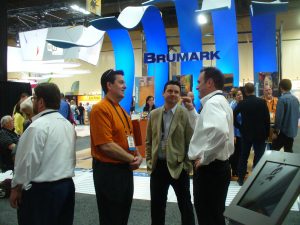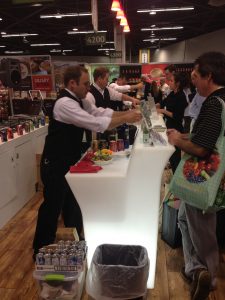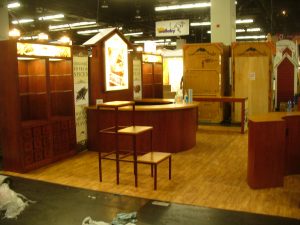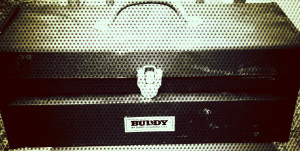10 Tradeshow Marketing Secrets They Didn’t Tell You
Well, these might not be actual tradeshow marketing secrets, simply because by its very definition, a secret is something that is not well known. The following items are fairly well known and no doubt you can easily find them online – but the question is: are you using them to their full capacity and capability?

- First, let’s look at first impressions. Hey, you only get one chance! And as you know, in tradeshows, perception is everything. Make your first impression strong, and the second piece of the puzzle will fall into place a little easier.
- Next, know that the image you put out at a tradeshow isn’t just a random piece of your brand – it’s your whole brand. It IS your brand. If you miss the mark here, your next puzzle piece just got harder.
- Up next: your staff. You can have the sweetest exhibit at the show, but if your staff sucks, it will all go for naught. Which means that your staff should not only know what they’re doing and be presentable and friendly and good with people, they should be well-trained in the challenges of dealing with hundreds of people on the chaos of the tradeshow floor.
- Now, be sure to have something for people to do when they arrive at your booth. It could be a product demo, an interactive tool, a video to watch, a virtual reality headset to wear – anything that engages them for more than 8.4 seconds.
- Ninety percent of success is showing up. Of course, you say, you’ll show up. But do you really? Are you really there for the full show? Are you there ready to listen to a client’s complaints and respond? Are you there to jump in when there is a problem or challenge and not leave it for someone else? Be there. All the time. Not just when you’re on the clock.
- Get the word out before the show. Pre-show marketing can take many forms. First question: do you have a plan? Second question: does your plan work?
- Cross your T’s. Dot your i’s! Details are important. When you slip on an important detail, someone – perhaps a potential client – is bound to notice.
- Yes, details are important, but so is keeping your eye on the bigger picture. Tradeshows are a powerful way to reach markets that you otherwise would not be able to access so easily and economically.
- Really, it’s all in the follow-up. Yup, I was kidding back in that earlier paragraph where I said the key to tradeshow marketing success was to draw a crowd and then know what to do with them. You’ve got to have a good follow-up plan in place. And be sure the work the plan.
- Finally, be flexible. Sometimes, you just gotta MacGuyver things and adjust to a changing landscape. Be willing to go with the flow and see where it leads, as long as your overall strategy doesn’t change.









